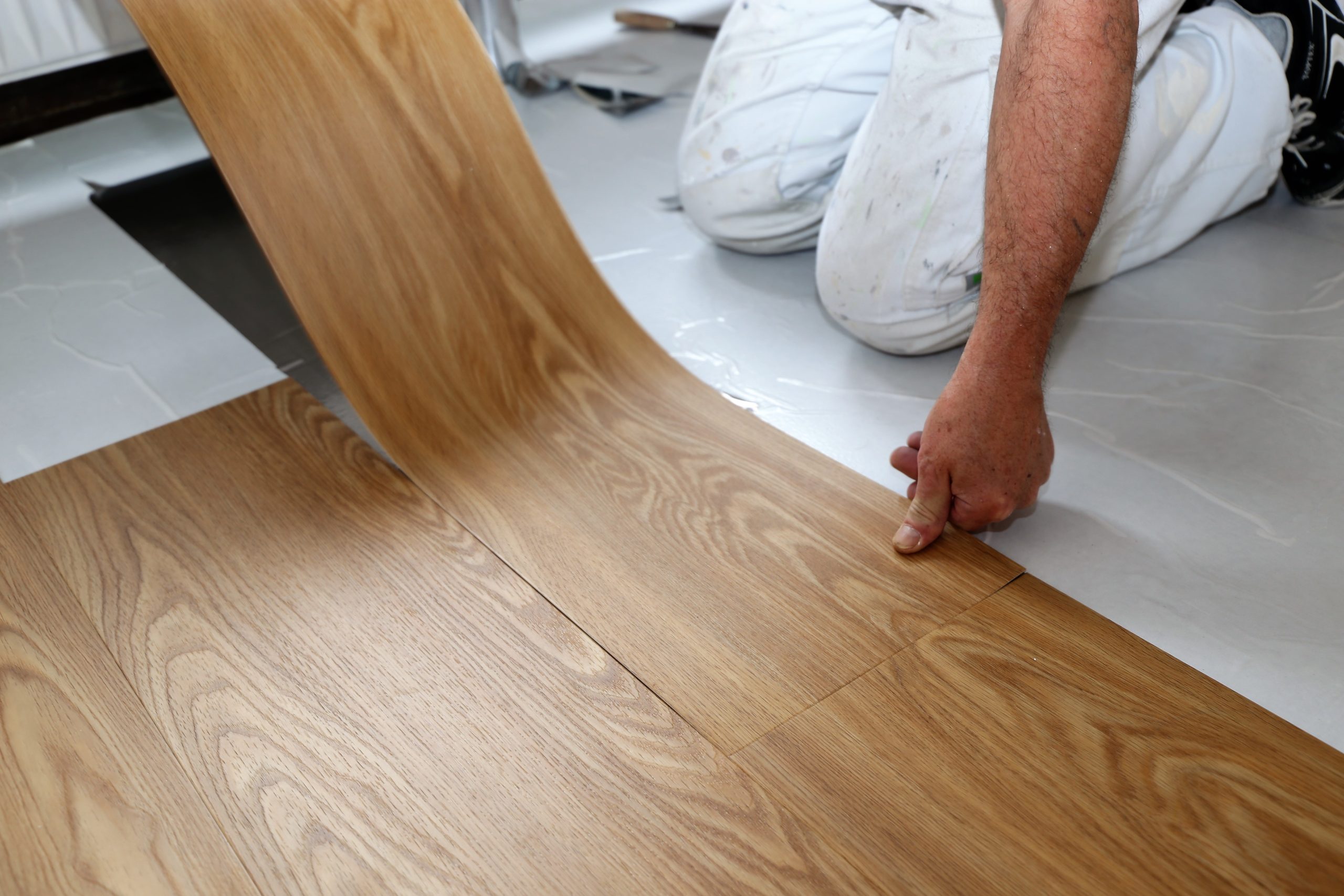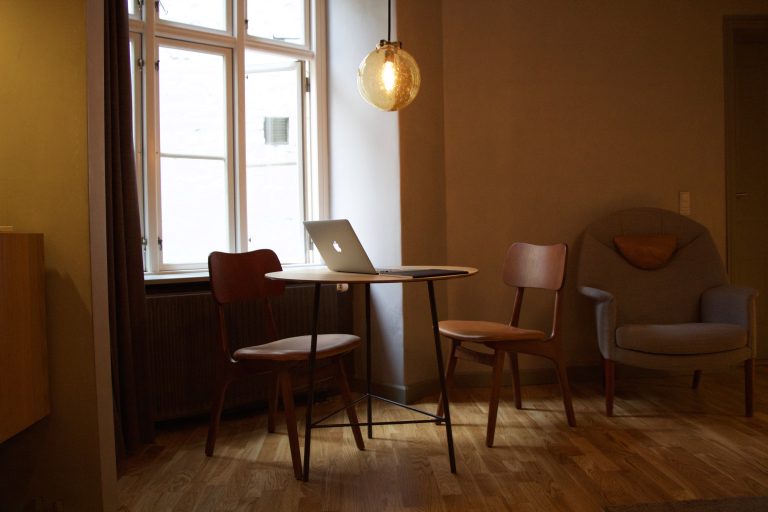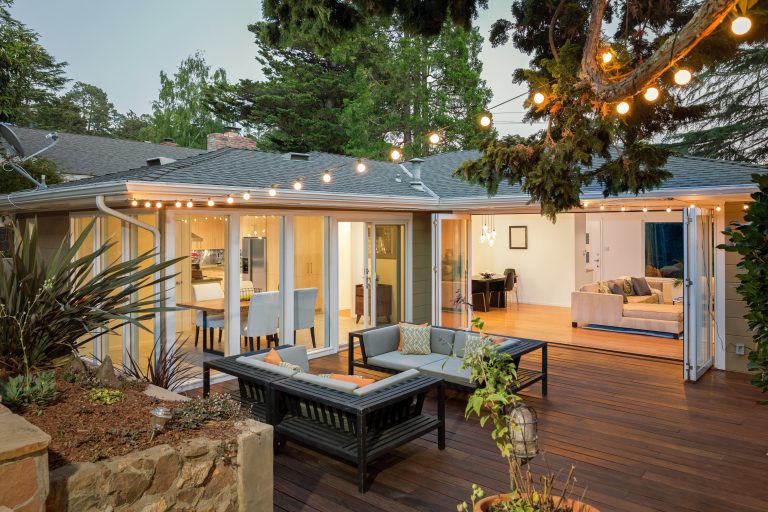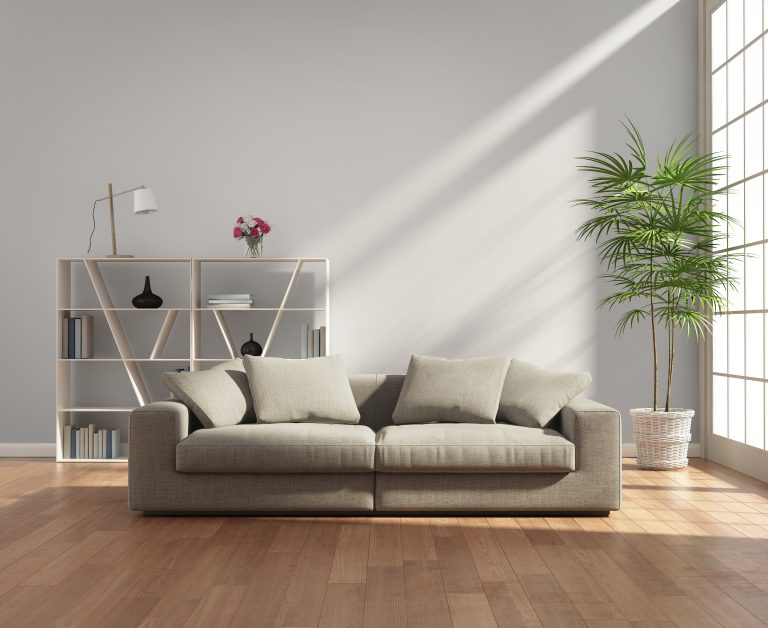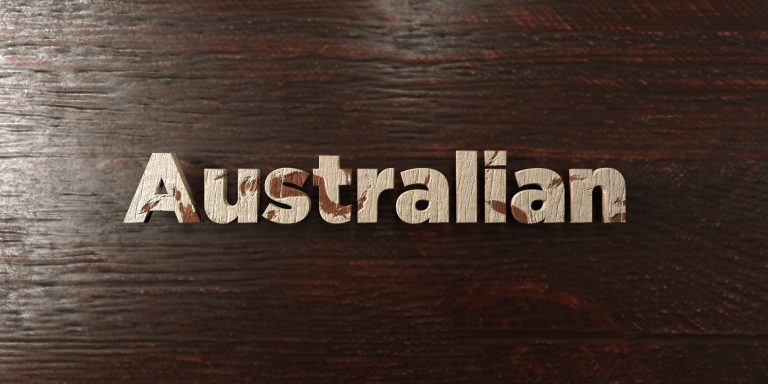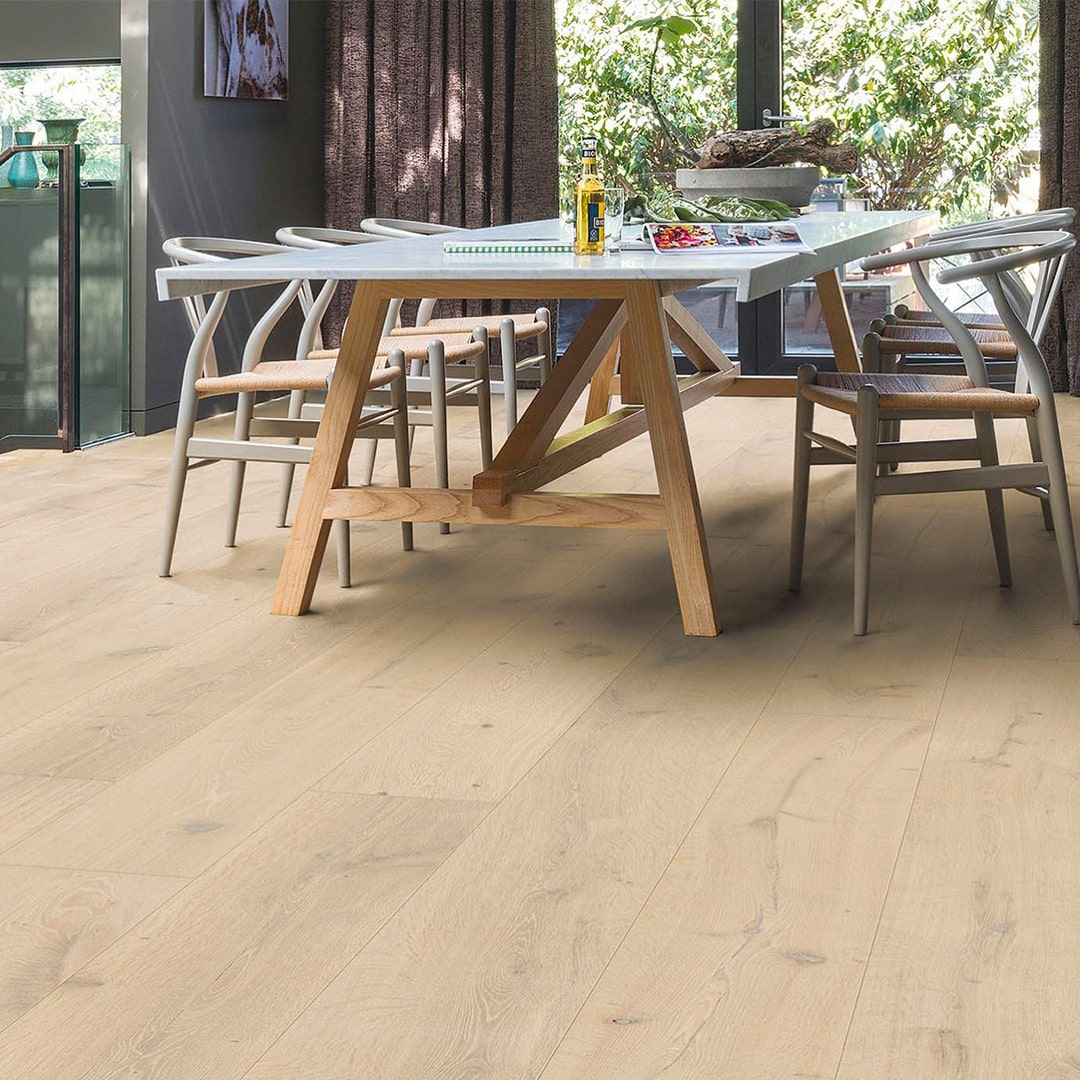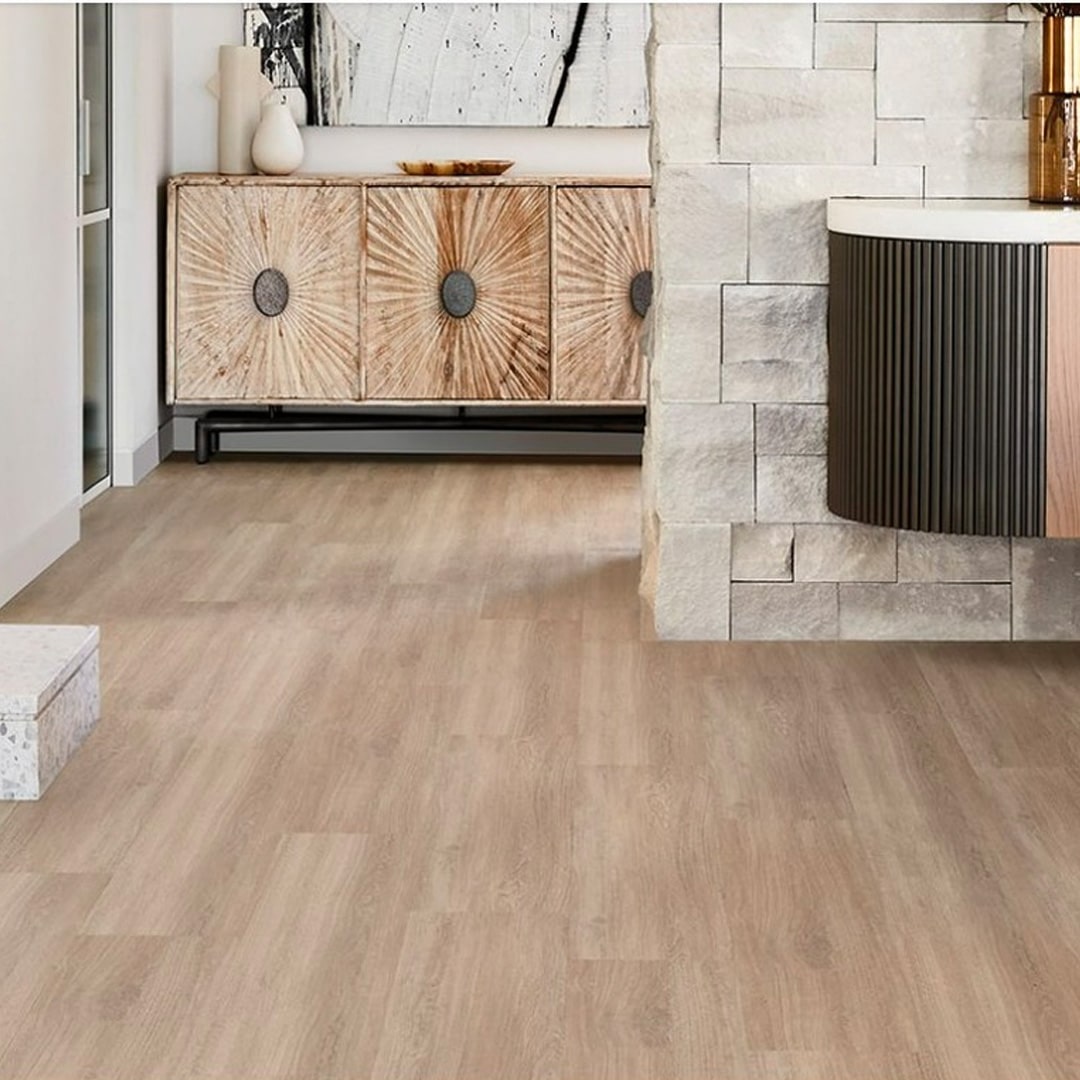Is Vinyl Flooring Better Than Laminate?
If you have trouble deciding between laminate flooring and vinyl flooring, you’re not alone. Manufacturers make both types of flooring to be budget-friendly, durable and easy to install on your own. They can both mimic the look and feel of natural stone or natural wood.
However, while the materials may look the same and have the same benefits, they are very different flooring materials. This becomes very apparent when you look at them side by side and compare them based on certain criteria.
Composition
Vinyl flooring is completely synthetic. Vinyl tiles and standard vinyl sheets have a base layer that is usually fibreglass. This fibreglass comes coated with a plasticiser and PVC vinyl. The sheet is then printed and the surface print layer, embossed. Then, manufacturers apply one or two more layers. One layer is a “no-wax” polyurethane and the other layer is a closed-foam layer. The thickness of vinyl flooring ranges from 1.5 mm to 5 mm.
Laminate differs in the fact that the surface of the flooring is a hard plastic laminate that has a printed design layer. The core layer of this type of flooring is a rigid fibreboard. This comes from bonded wood byproducts and melamine resins. The average thickness for this flooring is from 6 mm to 12 mm.
Water Resistance
Vinyl flooring is 100% waterproof. It doesn’t matter if you get vinyl tile, sheet vinyl or luxury vinyl. Vinyl floors can survive damp conditions like basements or bathrooms without warping or moulding. If you get sheet vinyl in 3-metre wide rolls, you most likely won’t have any seams at all. In turn, you’ll get a completely waterproof floor.
Manufacturers are working to create a completely waterproof laminate flooring, but they haven’t quite made it there yet. Currently, you can get moisture-resistant laminate flooring, but it’s not 100% waterproof. If you get water into the seams of the floor, it’ll swell and warp.
Appearance
A few short years ago, it was very easy to tell the difference between laminate and vinyl flooring. Vinyl flooring came in sheets with printed patterns, and it was common to see it designed to mimic ceramic tile. Laminate flooring was the “wood look-alike.” Laminates felt and looked like they came from plastic material. However, both can now look and feel like stone, wood and ceramic. You can even opt for three-dimensional textures to make them resemble hand-scraped hardwood.
They’re both less expensive flooring options than ceramic, porcelain tile or hardwood. But, the appearance no longer looks as “cheap” as it did a few short years ago. Sheet vinyl is still a more cost-effective option but there isn’t a clear winner when you compare them side by side for aesthetics.
Cost
Both types of flooring are sold within the same price range but vinyl does have a slight advantage when it comes to cost. When you buy your vinyl flooring from a big-box store, you’ll pay around $2.00 per square metre for thinner options and $4.00 per square metre for the luxury vinyl.
When you buy laminate flooring from a big-box store, you’ll pay around $4.00 per square metre for planks that are 7 mm thick. If you want 12 mm thick planks, you’ll pay around $8.00 per square metre. You can also get luxury types at specialty flooring stores but you’ll pay much more for it.
Which Is Better?
Both types of flooring work well for anyone who is on a budget. If you want to put it in areas that have a higher moisture content, vinyl wins because it’s 100% waterproof. If you want something that has a broader range of colours and textures, laminate flooring wins out. We suggest comparing them further and seeing which one works for your needs.

